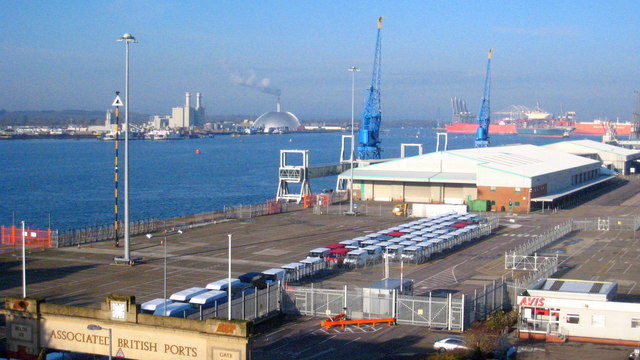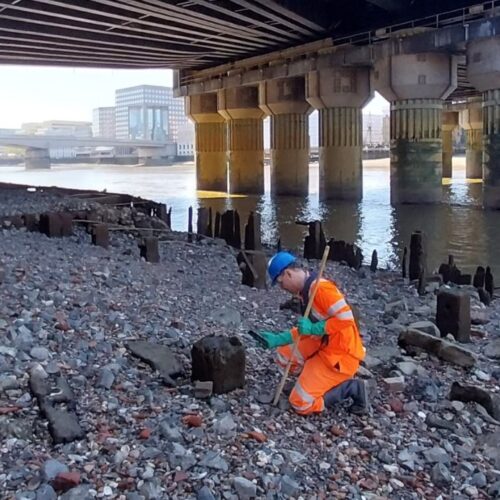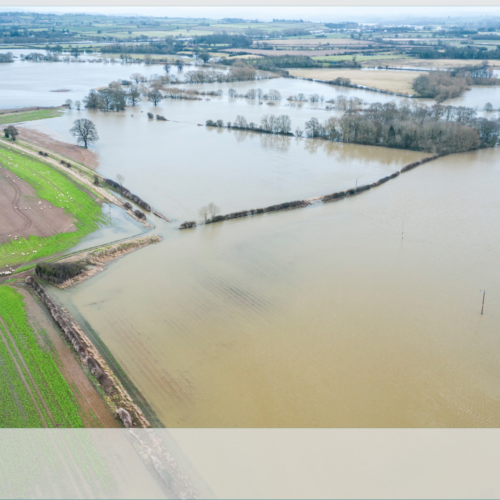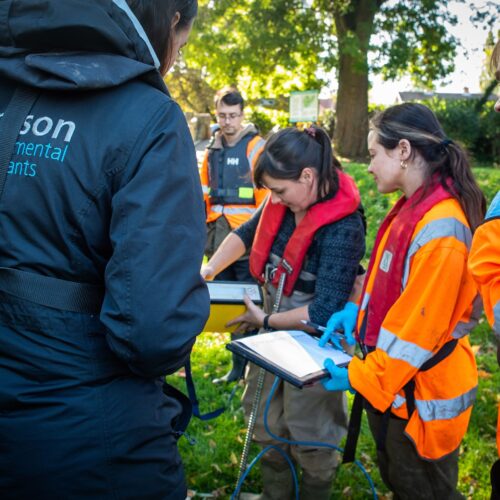Developments in the marine environment are not immune from the need to undertake an environmental impact assessment (EIA) although there are some unique challenges for marine projects at all stages of the process. In this interview our EIA Director, Peter George, takes a brief look at how the key challenges of marine EIA can be overcome and how Thomson’s EIA team can help clients through all stages of the EIA process.
When does a marine project require an EIA?
As with land-based developments, there are some types of projects for which an EIA is mandatory such as trading ports, nuclear power stations and piers accommodating vessels over 1,350 tonnes. Such projects are listed in Schedule A1 of the Marine Works (Environmental Impact Assessment) Regulations (MWR) 2007 (equivalent to Annex 1 of the EIA Directive). Others, such as land reclamation, wind farms or coastal protection works like moles or jetties, may require an EIA depending on a number of factors (scale, location, sensitivity of the receiving environment etc). This latter group of projects is listed in Schedule A2 of the MWR. Where EIA is required it must be undertaken prior to a marine licence being granted.
What is Screening & Scoping?
These are two key stages of EIA and follow a similar process to land-based EIA. Screening is usually undertaken for Schedule A2 projects where there is a degree of ambiguity over the likelihood of significant environmental effects. Screening typically involves a desk-based study of environmental data and initial identification of likely environmental impacts and effects. Where any of these are considered likely to be significant, an EIA is likely to be required and should be confirmed through a formal screening request to the Marine Management Organisation (MMO). This is known as “Screening by Determination”. By contrast, “Screening by Agreement” is preferred in cases where there is little ambiguity of a project having significant effects on the environment. Typically, these would be Schedule A1 developments but may also include Schedule A2 projects where impacts are clearly likely to occur. In these cases, the assessment necessary for Screening by Determination is by-passed and the applicant can proceed directly to the EIA.
If it is decided that a project needs an EIA, it is best practice to undertake formal scoping and agree with the MMO the scope of the assessment that will take place. This helps to front-load considerations and minimise likelihood of requests for additional information at a later stage. Scoping provides an opportunity to consider the likely impacts in more detail and confirm which topics should be included in the EIA and which can reasonably be ‘scoped out’ where impacts are considered unlikely to be significant. A request to the MMO for a formal scoping opinion should be supported by a Scoping Report.
Thomson Environmental Consultants can provide help with screening and scoping for marine developments, including undertaking early engagement with the MMO and statutory stakeholders, as well as preparing screening and scoping reports.
We can also put together a bespoke team to undertake the EIA and manage the process from start to finish.
What are the challenges for marine EIA?
There are many challenges facing EIAs, but in the marine environment these can sometimes be more significant than for land-based projects. Every EIA deals with uncertainty which can arise from insufficient data or understanding of, for example, the behaviour of a particular species. In the marine environment it is often more difficult to survey and monitor species than it is on land, so data collection can be compromised. Use of the ‘precautionary principle’ can help avoid the need for excessive, costly surveys. Of course, this comes with a potential for mitigation being implemented that may not be fully necessary, but this is part of the overall assessment of risk.
How can proportionate EIA in a marine environment best be achieved?
The EIA team needs to understand the client and project objectives, allowing them to align the EIA to achieve them. In order to minimise uncertainty and achieve proportionate EIA, it is critical that developers have early engagement with the regulator and key stakeholders to agree the scale of data collection and scope of assessments. Data collection should not be excessive and should be proportionate for the type and scale of the project. Stakeholder engagement should continue throughout the project design and EIA phase so that issues can be discussed and resolved as they arise rather than once the application for consent has been submitted. The EIA should also draw on available scientific research and evidence where possible to inform assessments. This can help address uncertainties. An appropriately scoped and evidence-based EIA will support obtaining consent for all feasible design options.
What is the future role of EIA?
EIA should be iterative and be able to guide and inform the project design. One of the criticisms often levelled at Environmental Statements (the formal output of the EIA) is that they just report the adverse impacts but do not demonstrate where environmental benefits could be achieved. They can be more focused on the process rather than the outcome.
The Environment Bill currently going through Parliament will ultimately require projects to achieve environmental net gain. EIA can be the means through which this can be achieved and, importantly, properly documented and assessed. Thomson’s outcome-focused approach to EIA will support consent applications and, through post-construction monitoring, enable developers to demonstrate to regulators the effectiveness of mitigation measures and the wider environmental benefits of their projects.
How Thomson can help
We are leading experts in environmental impact assessments, if you need specialist advice or would like to discuss a marine development project please contact us, we are happy to help.











